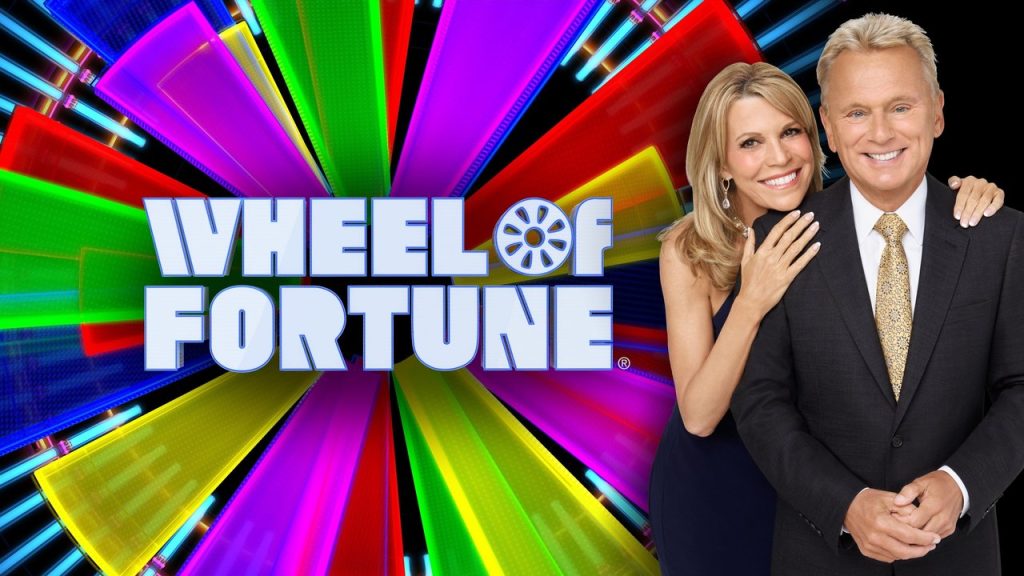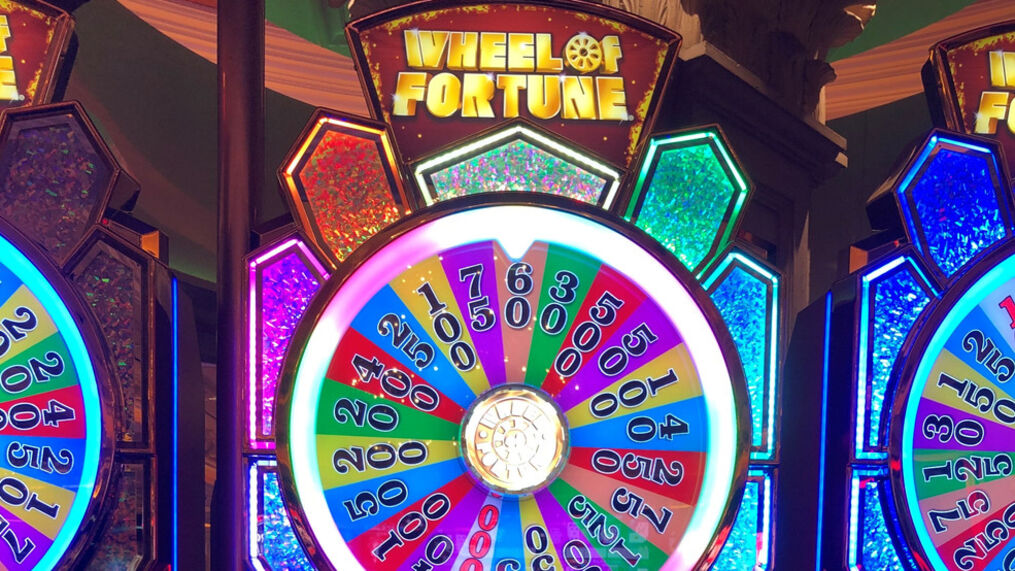The rules of the wheel of fortune
There are many variations of the rules of the wheel of fortune or the big six wheel, most of which have been modified and customised by the casinos in which it is played. The game in fact has a wide versatility made possible by a system of basic rules, common to all versions of the wheel of fortune, which are extremely simple and intuitive.
The aim of the game

The object of the game is to spin a wheel and make it stop on the chosen prize, although players, once the spin is started, have no control over where the wheel will stop.
In many variants of the game, all sections of the wheel carry a prize, in other variants, only some sections of the wheel carry a prize, and in still others, the wheel is functional to a larger game system, and is used as an alternative to rolling a dice.
The Wheel
The wheel is the cornerstone of the Wheel of Fortune game, and in the classic version of the game, it is arranged vertically, however, in some variants, the wheel may be arranged horizontally, as also in television versions of the game.
The diameter of the wheel is generally very large, so that the wheel is clearly visible from across the room. This huge wheel is divided into a variable number of segments, all of the same size, separated from each other by spokes. Each segment of the wheel is associated with a number.
At the top of the wheel is a device, consisting of a flexible rubber rod or leather, which is used to indicate the prize to be awarded to the player.
In order for a player to be awarded a prize, he must spin the wheel, clockwise or counter-clockwise, and during the rotation, the flexible rubber rod at the top, bumping against the segments separating the various sections of the wheel, will make it slow down to a stop.
When the wheel stops, the prize indicated in the segment of the wheel corresponding to the rubber rod, is the winning segment and the prize indicated is awarded to the player or multiplies the amount wagered by the player depending on the odds.
The Prizes

The classic wheel consists of around 52 sections, on which six symbols are depicted, corresponding to 1, 2, 5, 10, 20 and Joker.
Of the 52 sections of the wheel, about half are occupied by the symbol 1, which means that the chances of the wheel stopping on 1 are very high.
If the wheel stops at the position he has indicated, the bank must pay the player according to the odds of that section. If not, there is no win.
Once the player has chosen the section of the wheel he wants to bet on, he places his chips, if he is playing at the casino, on a box corresponding to the symbol he has bet on.
This is done on a table generally placed in front of or next to the wheel.
The Chips
Chips are discs made of plastic or other materials, distributed by casinos and which function as real money in the casino. They allow players to play the various games and slots and at any time they can exchange their chips for cash on a 1:1 basis at the casino’s exchange desk.
Casinos around the world are legally obliged to cover all their chips in circulation.
